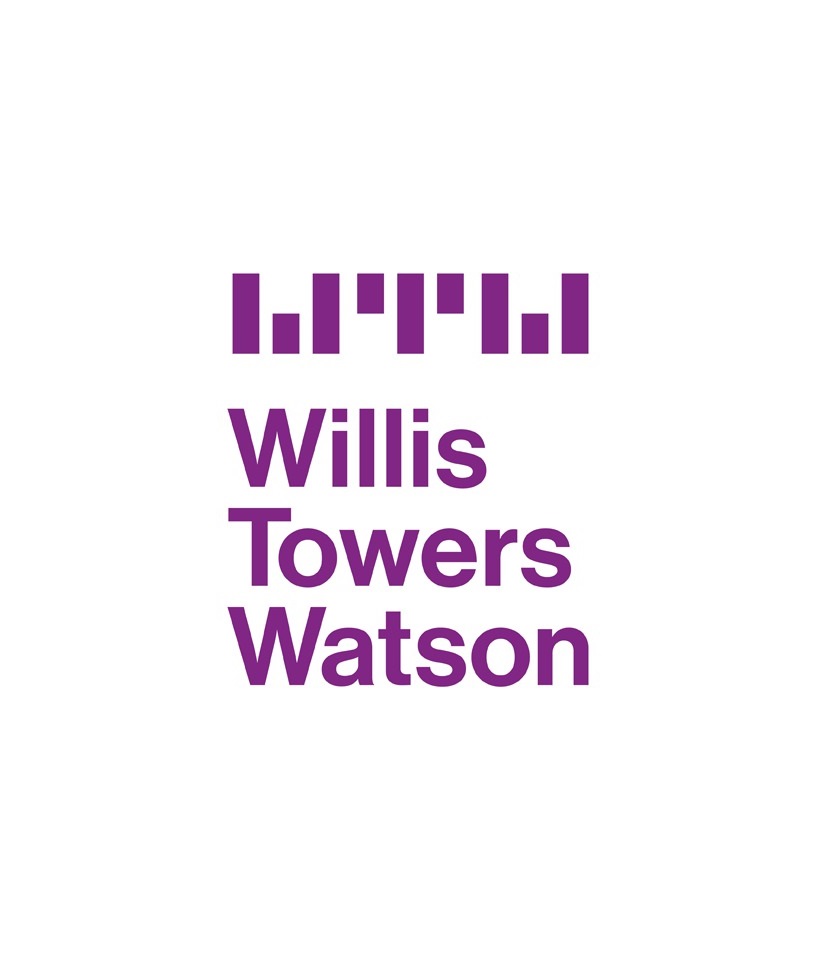A report from re/insurance broker Willis Towers Watson has underlined an expectation for US commercial insurance prices to increase in every line except one throughout 2021.
 The insurance industry is expected to adapt to the continuing hard market by leveraging analytics and data-driven tools in order to change the way buyers and sellers approach negotiations.
The insurance industry is expected to adapt to the continuing hard market by leveraging analytics and data-driven tools in order to change the way buyers and sellers approach negotiations.
For most lines, rate increases predicted in 2021 surpass those forecasted last spring. In the few cases where rate reductions were considered possible last spring, the best outcome buyers can now hope for is flat renewals — with the exception of kidnap and ransom.
Across some lines — such as workers compensation, life sciences, terrorism, product recall and alternative risk transfer — flat renewals are possible, though increases will persist for many buyers.
WTW adds that in a handful of lines – such as aerospace, environmental, marine, trade credit, personal – rate predictions were no worse than in the spring. In every other line, higher increases are expected in 2021.
“We have to look back to the defining hard market crisis of the mid-1980s to see market conditions of the proportions we are currently experiencing — one of double- and triple-digit rate increases in most lines of business and dramatically reduced capacity in key lines,” said Joe Peiser, global head of Broking, Willis Towers Watson.
“However, our experience in this hard market is that there is a wide range of results; renewal results are not huddled around the mean. This means underwriters are underwriting, and there is the opportunity to differentiate your risk.”
The report emphasizes the significant role analytics is playing across the industry, especially as organizations demand to know the value insurance brings.
“Insureds are finding that risk analytics provide the insights they need to measure this value and set insurance priorities,” said Peiser.
“Analytics can also make our industry more relevant to global business leaders, as we advise them on the sources of volatility to their bottom line, backed up by credible analytics.”
The commercial liability marketplace remains hard because of various factors continuing to negatively affect loss trends and underwriting profitability.
This especially holds true for the umbrella/excess liability marketplace, which continues to experience extensive disruption.
“The casualty marketplace presents a range of challenges, and utilization of analytics remains an important tool for navigating these challenges,” Peiser added.
WTW says workers comp rate decreases are flattening, with slight increases now materializing in response to high severity/excess losses. Auto liability continues to be unprofitable for insurers as claim payments remain on the rise.
Meanwhile, directors’ and officers’ liability will continue to see upward pressure well into 2021, but new start-up insurers targeting D&O could lead to some market stabilisation.
In the cyber market, given the dramatic increase in ransomware incidents during the pandemic, organizations should be proactive in assessing their cyber resilience and demonstrate it to underwriters.
“Every organization has been changed by the pandemic — some positively, many negatively,” Peiser concluded.
“But as we look to the future, we are confident analytics, judgment and relationships will bring this difficult market to a new equilibrium — one that provides customers with protection from emerging risks and growing volatility and keeps the underwriting community relevant to world business.
“We may not see a precipitous return to soft pricing, but we will see moderation and perhaps some welcome sustainability — and increased relevance.”


